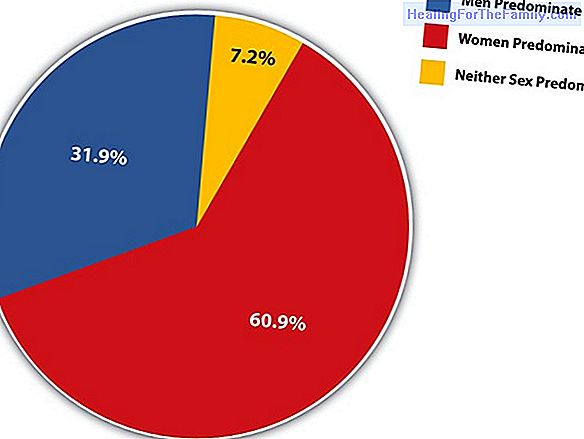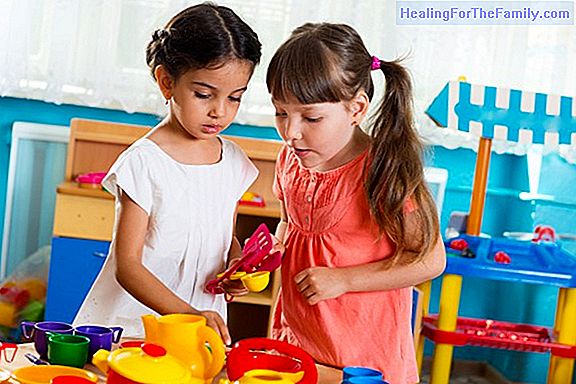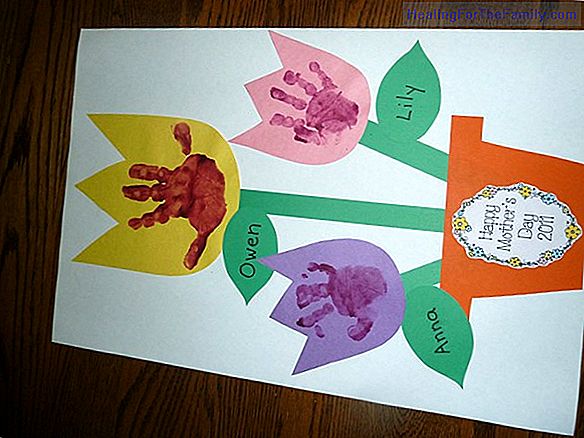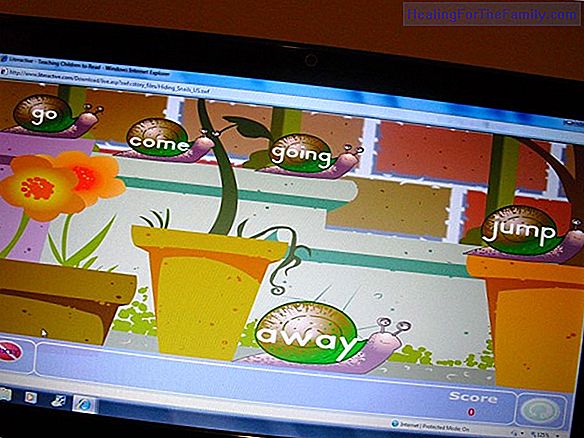Games to work the emotions of children
Many children, the most reserved, have problems when it comes to identifying and communicating their emotions . How can you help them parents? We propose different types of activities and very simple games with which your children will not only identify their own emotions and express them but identi
Many children, the most reserved, have problems when it comes to identifying and communicating their emotions. How can you help them parents?
We propose different types of activities and very simple games with which your children will not only identify their own emotions and express them but identify them in others and thereby work on empathy.
5 games to work on the emotions of children

The most important thing to work on emotions is to know how to take advantage of every opportunity that can be presented on a day-to-day basis. For example, a conversation in which he talks about what has happened to a friend of his or perhaps if you have seen a movie in the cinema ... It would be essential that we not only make some comment on those situations, but we will analyze more deeply asking him how Do you think he felt? And how would you feel?
It is always more effective to talk about emotions when they occur, than to force those kinds of situations. However, sometimes we miss those moments or we want to reinforce certain aspects and include it in the daily routine and that is why we recommend some games that will help you enormously:
1. Emotion Detective: The main thing to work emotions is to identify them, therefore, look for different people in a magazine, internet or stories that your child has and that he likes and together try to guess what emotional state these characters have in a specific situation. Once everyone has been successful, each one should propose the causes that have led him to feel this way, it is not worth repeating. Whichever is the least original, you should talk about how it would help you feel better.
2. Emotional guiñol: Talk about emotions not being the protagonist, it helps to understand and encourages the expression of our feelings. Therefore, use puppets or any toy that your child likes to involve him more in this game. To play the emotional guiñol, the first thing you have to do is write in a deck of cards different emotions (which you specifically want to work with and depending on the age of your child). Once this is done, you must choose a character and three random cards from the deck and represent a story that contains those three emotions. If you find it difficult to think of three or it is too easy, increase the level by adding or decreasing the emotions or the characters that should feel it.
3. Emotional musical pieces: The expression of feelings using any sense is always interesting, music is a resource that children like a lot and will quickly be delighted with the proposal. So select different pieces of music: slow music, a quicker one with many changes, another one that is more monotonous ... After listening to the different styles of music, you should think about what emotion caused them and describe a situation that has evoked that music and draw it.
4. The emotion of being a composer: As we have said, music has many uses. On this occasion, you compose different songs that correspond with a specific emotion and even a choreography that accompanies you if you like to dance. If we had to represent joy or sadness, how would it sound? What steps make us happy?
5. Daily: Do you remember when they gave you a diary? Perhaps the new technologies have replaced those notebooks. However, giving or making a diary is a perfect idea for those who find it difficult to express their emotions to others. So before buying a phone or that is old enough to appear on social networks, explain the importance of talking about what you have thought, although no one else can read it. Maybe he also discovers the magic of writing what happens to him and gets to share it up.












